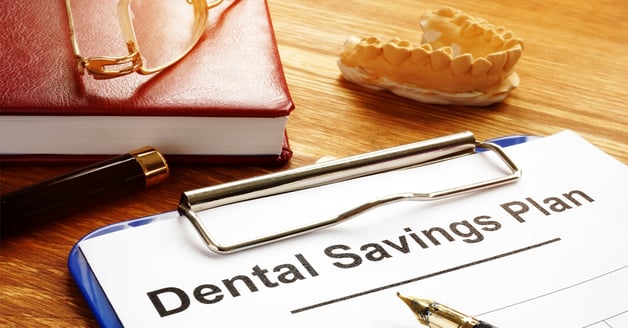
According to the Health Resources and Services Administration, 108 million Americans have no dental insurance.
USA Today reported on the barriers these Americans face in obtaining adequate oral health care: “Dental care has become a luxury item for many middle- and low-income families, especially for adults. Cost is the primary barrier. Twenty percent of low-income adults say their mouth and teeth are in poor condition, according to the American Dental Association.”
The article goes on to describe efforts to expand access to dental insurance on the state or national level, but also admitted that progress has been very slow for this initiative.
The result is a large number of Americans without any insurance coverage for dental services, who are more likely to choose no services over paying for care out-of-pocket.
Why this is a nationwide issue
While many people may view dental care as less important than general health care, and therefore optional, that’s ultimately not true. Studies have proven the connection between good oral health and a lowered risk for other serious health concerns. And many dangerous, even life-threatening, illnesses can be diagnosed by a dentist during an examination before symptoms present in ways the patient or their general practitioner would likely notice.
So, even when you’re experiencing no acute pain or obvious oral health concerns, obtaining regular cleanings and examinations at least twice a year remains a highly beneficial way to maintain good oral health, and adds an important layer of prevention and early detection to your overall healthcare program.
So, what can uninsured and underinsured individuals do to keep up with needed dental care if they’re paying for it on their own?
Dental insurance alternatives help bridge the gap
Fortunately, alternatives exist for individuals who don’t have access to dental insurance but still wish to receive needed care. Some examples include:
- Low- and no-cost clinics
- Dental discount programs
- Negotiating fees with private dental offices
Of course, each of these options have their own set of unique considerations, so a thoughtful comparison is recommended.
While visiting a free or low-cost dental clinic provides the benefit of professional care at very low cost, the tradeoff is that most of these offices are inundated with patients and may have waiting lists that are months long. That could mean postponing needed care or settling for an appointment that is highly inconvenient or difficult to fulfill.
"Studies have proven the connection between good oral health and a lowered risk for other serious health concerns."
Negotiating fees or payment plans with private offices can work in some cases, but it’s often the exception rather than the rule. With the cost of operating a dental practice in mind, along with constant changes to the insurance landscape, dental professionals may not always be willing to negotiate payments on a case-by-case basis.
On the other hand, many dentists are willing to accept significantly discounted fees if they can be assured a large enough volume of patients will help offset the reimbursement each patient provides. That’s where dental discount programs have proven to be a highly beneficial option for those without dental insurance. Since the monthly or yearly membership fees for these programs are as low as $10 per month, they can be a positive financial decision for individuals without dental insurance. In fact, with discounts between 20% to 50%, savings can amount to hundreds of dollars, depending on the services obtained.
If you’re currently without dental insurance, consider one of these alternatives to give proper oral health care the priority it deserves without straining an already tight budget.
Are you an employee without dental insurance? Find out how you can still afford dental care in our employee dental savings guide.

